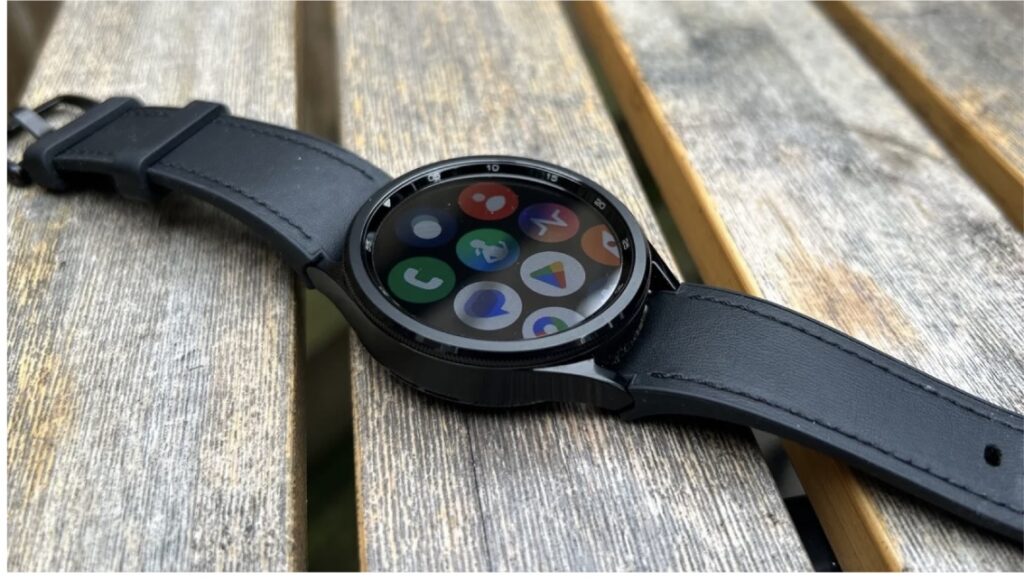Smartwatches have evolved from being simple notification devices to powerful health monitoring tools. Today, they can track sleep patterns, heart rate, blood oxygen levels, and more. But can a smartwatch monitor blood sugar levels? This question has gained significant attention, especially among individuals managing diabetes. Let’s explore the current state of blood sugar monitoring in smartwatches, the available technology, and what the future holds.
Why Monitor Blood Sugar Levels?
Blood sugar monitoring is essential for individuals with diabetes or those at risk of developing the condition. Consistently high or low blood sugar levels can lead to serious health complications, including heart disease, nerve damage, and kidney problems. Traditionally, monitoring blood glucose involves finger-prick tests or continuous glucose monitors (CGMs) that require wearable sensors. However, the idea of using a smartwatch for this purpose is far more appealing due to its convenience and non-invasive nature.
Current Challenges in Blood Sugar Monitoring
Blood sugar monitoring is complex because it typically requires access to interstitial fluid or blood to measure glucose levels accurately. Traditional methods like CGMs use a sensor placed under the skin to provide continuous readings, but these can be invasive and uncomfortable.
The challenge lies in developing a non-invasive, reliable, and FDA-approved method to measure glucose through the skin. Smartwatches, which sit on the wrist, face additional obstacles due to limited space for advanced sensors and the difficulty in penetrating the skin barrier without invasive tools.
Smartwatches and Blood Sugar Monitoring Today
While no mainstream smartwatch currently offers direct, non-invasive blood sugar monitoring, there are promising developments:
1. Smartwatches with CGM Integration
Some smartwatches can display glucose data by integrating with existing CGMs. Devices like the Apple Watch, Fitbit, and Garmin allow users to sync data from CGMs such as the Dexcom G6 or Freestyle Libre. This provides a seamless way to view glucose readings directly on the smartwatch, but users still need the CGM sensor for actual monitoring.
Example: With the Dexcom app installed, an Apple Watch can show real-time blood sugar readings and send alerts when levels are too high or low.
2. Non-Invasive Monitoring Technologies
Non-invasive blood sugar monitoring has long been a “holy grail” in wearable technology. Researchers are exploring innovative methods like:
- Optical Sensors: Using light to measure glucose levels in blood vessels.
- Electrochemical Analysis: Detecting glucose through sweat or other skin secretions.
- RF Technology: Using radio frequencies to analyze glucose molecules.
Companies like Samsung, Apple, and startups such as Quantum Operation are actively working on integrating these technologies into wearables. Samsung, for instance, has hinted at blood glucose tracking features for its future Galaxy Watch models, using a technique called Raman spectroscopy.
The Future of Blood Sugar Monitoring in Smartwatches
The race to develop smartwatches with non-invasive blood sugar monitoring capabilities is heating up. Here’s what the future may look like:
1. Improved Sensor Technology
Advances in miniaturized sensors could allow smartwatches to measure glucose non-invasively. These sensors might use light, electrical signals, or temperature changes to detect glucose levels with accuracy comparable to traditional methods.
2. AI-Powered Analysis
Artificial intelligence can play a significant role in blood sugar monitoring. By analyzing patterns in data collected from other health metrics—like heart rate variability, activity levels, and sleep—AI could predict potential glucose level fluctuations. Such insights could help users take preventive actions even without direct glucose measurement.
3. Regulatory Approvals
For smartwatches to serve as reliable blood sugar monitors, they must meet stringent regulatory standards. FDA approvals will be crucial to ensure these devices provide accurate and safe readings for medical use. Companies are likely to invest heavily in clinical trials to validate their technologies.
4. Integration with Healthcare Systems
Future smartwatches could integrate seamlessly with electronic health records (EHRs), allowing healthcare providers to monitor patients’ blood sugar levels remotely. This could revolutionize diabetes management by enabling early intervention and personalized care.
Benefits of Smartwatch Blood Sugar Monitoring
If smartwatches succeed in offering reliable blood sugar monitoring, the benefits could be transformative:
- Convenience: Non-invasive monitoring eliminates the need for finger pricks or wearable CGM sensors.
- Early Detection: Continuous tracking can identify trends and detect abnormalities early.
- Improved Lifestyle Management: With real-time insights, users can make informed decisions about diet, exercise, and medication.
- Cost Savings: Long-term use of a smartwatch could reduce the financial burden associated with traditional glucose monitoring systems.
Limitations to Consider
Despite the potential benefits, there are limitations and concerns:
- Accuracy: Non-invasive methods may not match the precision of traditional glucose monitoring systems, leading to potential health risks.
- Battery Life: Advanced sensors can drain the battery, requiring frequent recharges.
- Cost: Initial devices with this technology may be expensive, limiting accessibility.
- Privacy and Security: Sharing sensitive health data through apps and cloud systems raises concerns about data breaches.
What Should You Do Now?
If you’re looking to monitor blood sugar levels with a smartwatch today, here are some tips:
- Pair with a CGM: Choose a smartwatch compatible with CGMs like Dexcom or Freestyle Libre for accurate readings.
- Stay Updated: Follow news from major brands like Apple, Samsung, and Fitbit to learn about upcoming features.
- Adopt a Holistic Approach: Use existing smartwatch features to track other health metrics and maintain a healthy lifestyle.
Conclusion
While current smartwatches cannot directly monitor blood sugar non-invasively, the technology is advancing rapidly. Integration with CGMs already makes smartwatches valuable tools for people managing diabetes. The future holds promise for more convenient, accurate, and affordable solutions that could revolutionize diabetes care and empower users to take control of their health.
The dream of a smartwatch that monitors blood sugar without invasive methods is closer than ever. Until then, combining smartwatch capabilities with CGM technology offers the best of both worlds. Keep an eye on this space—it’s only a matter of time before the next breakthrough hits your wrist!







